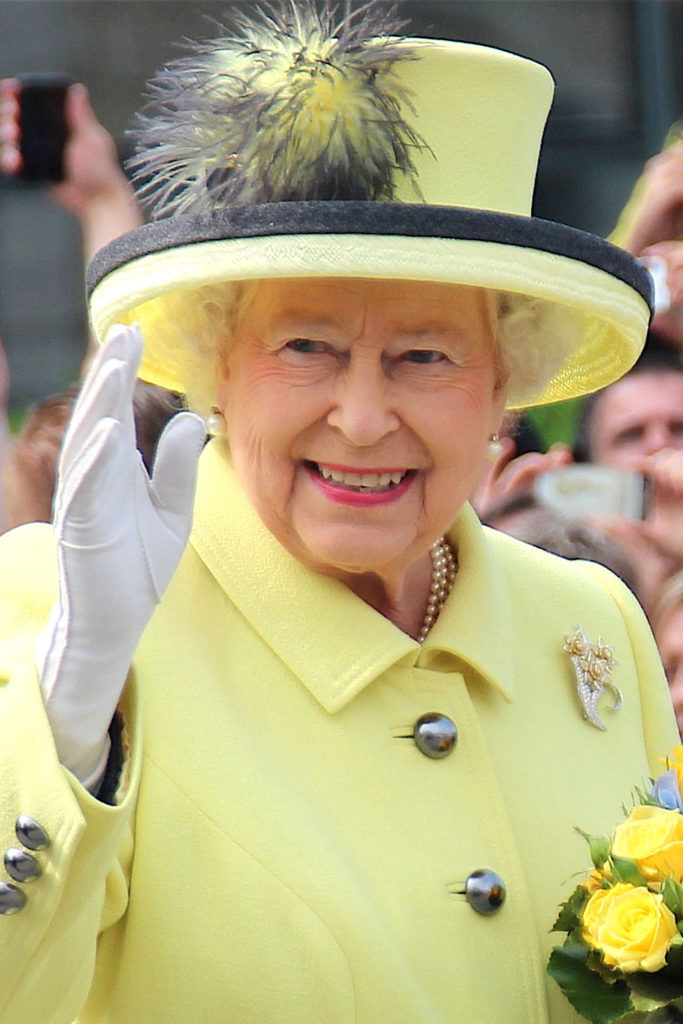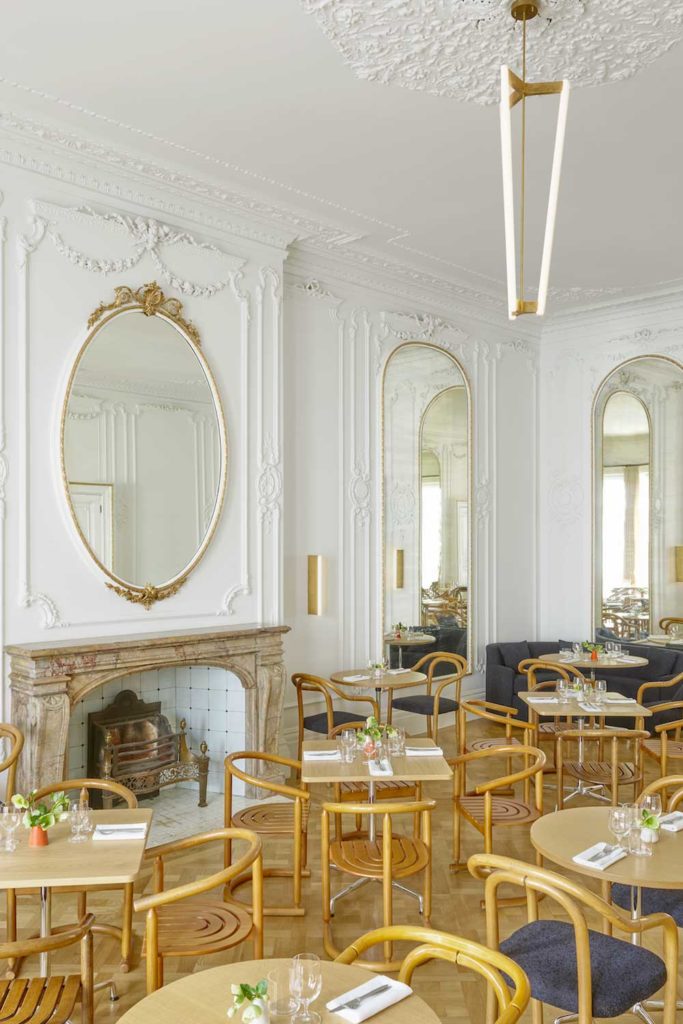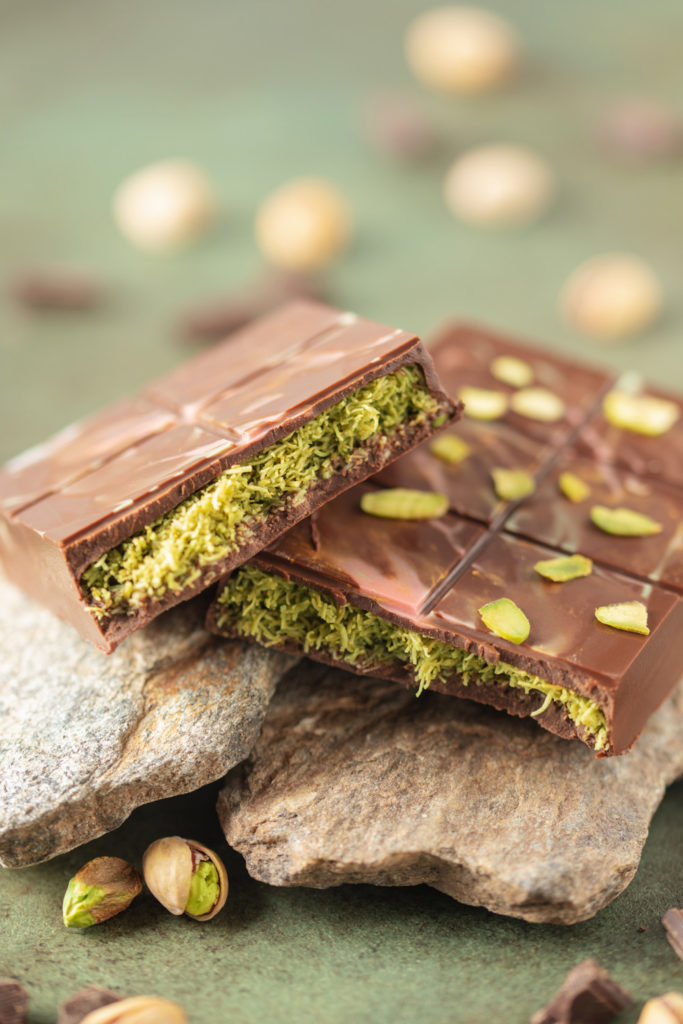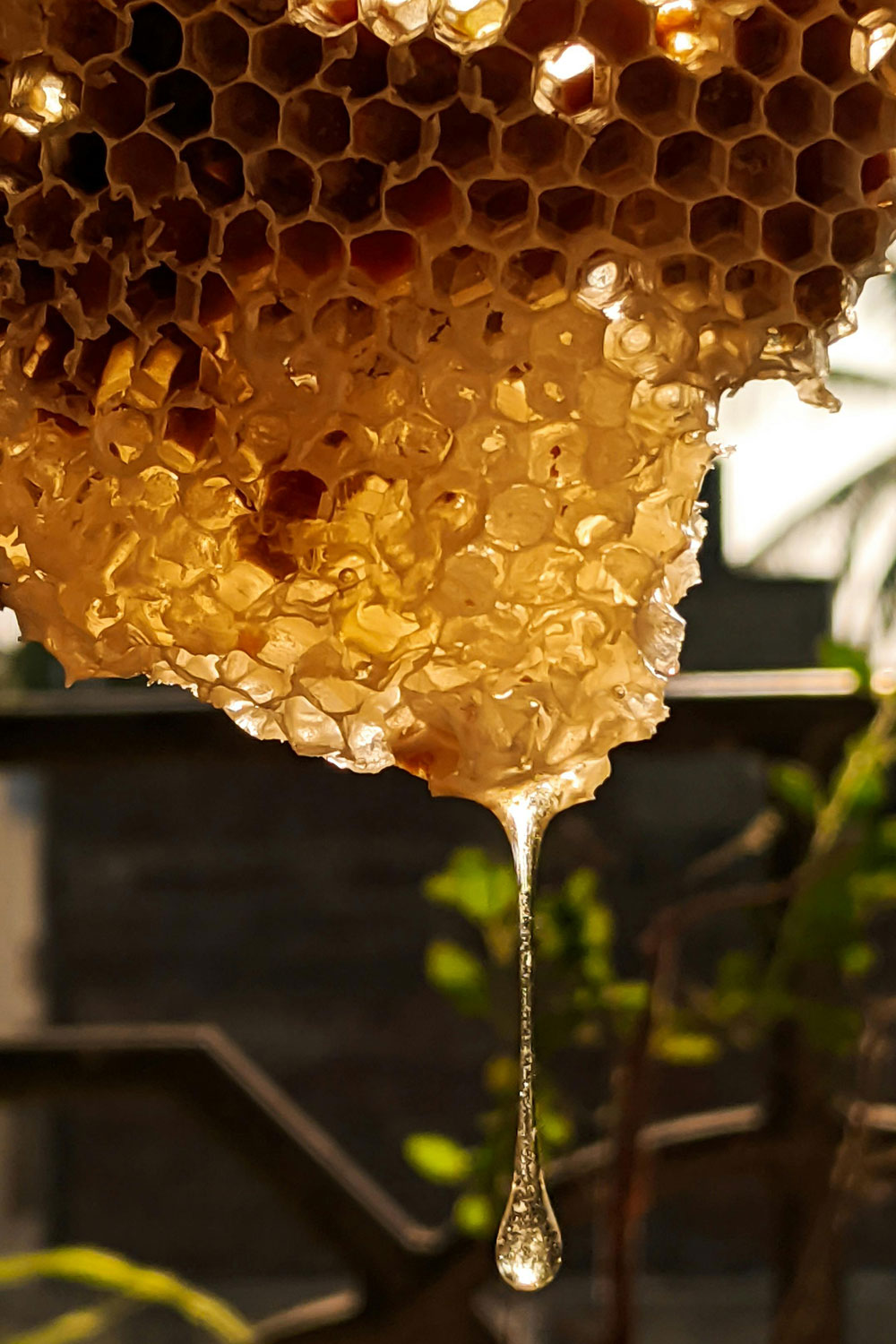
Is Your Honey Real? Here’s How To Tell
By
5 months ago
Honey producers have got themselves into a sticky situation
A sweet syrup made from flower nectar collected by bees, honey is often viewed as one of the most natural ingredients out there. Yet the industry is under scrutiny following newly published research, which saw 90 percent of honey jars from UK retailers failing authenticity tests.
The Honey Authenticity Network sent 30 samples from Britain for a pioneering DNA test – five from UK beekeepers, and 25 from big retailers. While all samples from the former category passed with flying colours, 24 out of 25 samples from retailers were deemed suspicious, suggesting the majority of products are being bulked out with cheap sugar syrup.
This follows an EU investigation published last year, which found 46 percent of imported honey products were suspected of being adulterated (including all ten samples from the UK). In fact, it’s thought that one-third of the world’s honey is now considered fake. So how can we avoid being duped?
Why Is Fake Honey A Problem?
First thing’s first: why is food adulteration such a problem in the honey world? Well, honey is a high-value product which requires time and effort to make, so big companies are cutting corners in order to make the production process cheaper and quicker.
‘‘That’s one of the troubles with the honey industry, it can be hard to tell real honey from fake honey,’ says Simon Noble, founder of raw honey brand The Noble Bee. ‘It’s quite an elaborate world of deception. Honey counterfeiters add colour and sophisticated flavours to artificial syrups, so that it resembles real honey, when it isn’t even close to being real honey. ‘
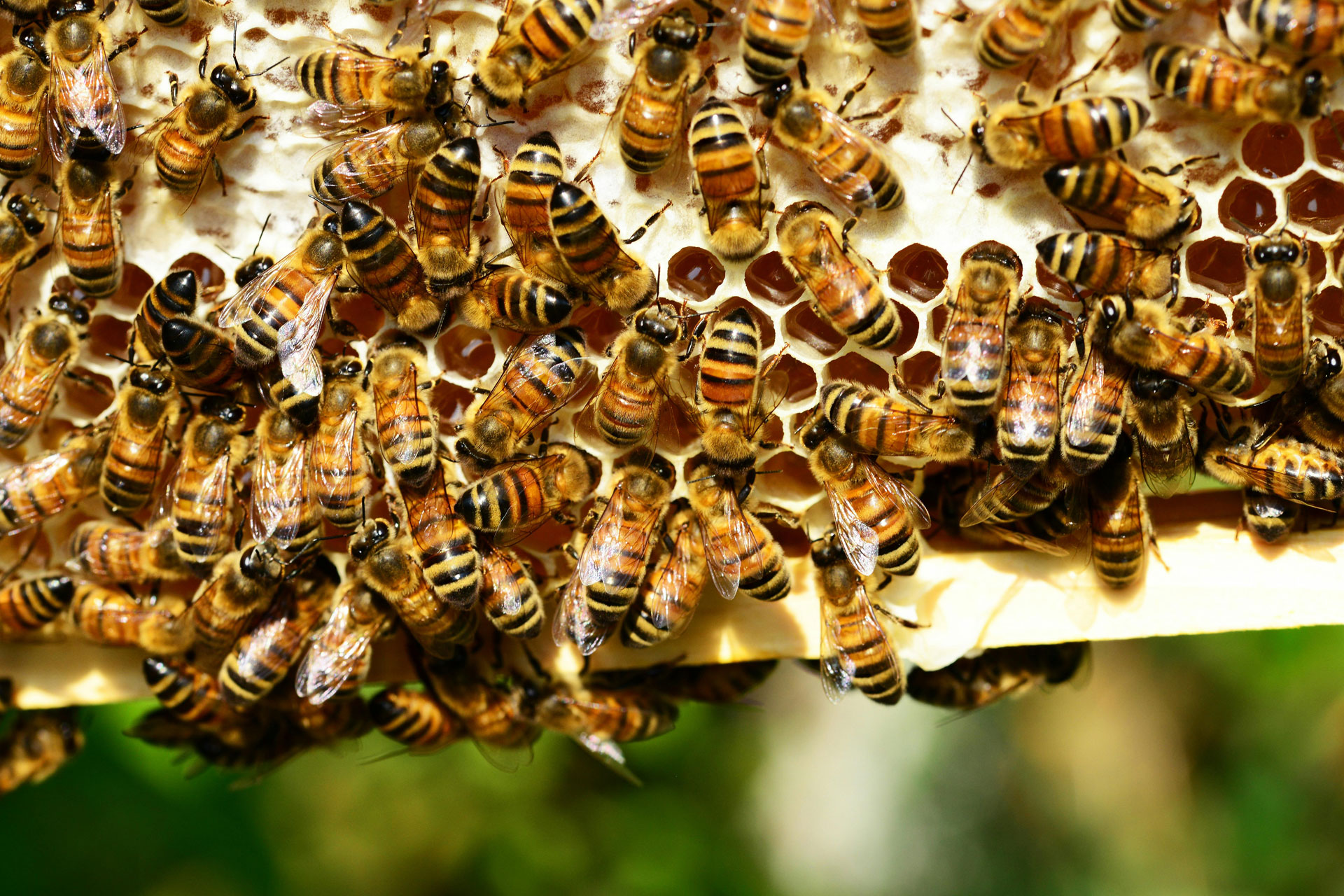
This is causing a number of negative effects. It’s undermining the work of beekeepers, driving down both costs and quality. Fake honey is also bad for the buyers: adding cheap syrups affects its flavour and nutritional value. But – perhaps most crucially – it’s impacting biodiversity. Bees are already under threat of extinction, which is predominantly down to the increased use of pesticides. And as bees are such a crucial pollinator, this is having far-reaching consequences: disrupting ecosystems, reducing crop yields and impacting food security.
How To Tell If Honey Is Real
- Look out for certifications such as the British Honey Association, and avoid labels like ‘ultrafiltered’. Be aware that words like ‘pure’ have no legal standing, either.
- Simon recommends looking for a single origin variety, so you know which exact hives your honey came from.
- As always, local is best – find a local beekeeper, or visit a farmer’s market to find small-scale producers.
- Look at the substance itself. ‘Real’, high-quality honey is often thicker, with a golden or amber hue, takes a while to pour and doesn’t separate easily.
Organisations are looking into ways to better regulate the industry. The Food Standards Agency in the UK is working with researchers and retailers to improve authenticity testing methods, and the EU recently passed new legislation stipulating that jars of honey must include country of origin labelling. Watch this space, and for now, bee-ware.

